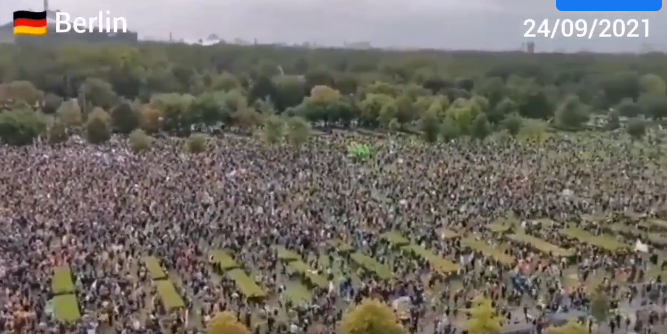PROTECT YOUR DNA WITH QUANTUM TECHNOLOGY
Orgo-Life the new way to the future Advertising by Adpathway Credit: theancientconnection.com
Credit: theancientconnection.com
The scans, first presented in a private briefing in Harrogate, UK, in 2015, pinpoint a vast subterranean structure, complete with a mysterious 40-meter-long metallic object at its core, raising questions that challenge conventional archaeology.
The scans, led by Tim Akers, a former officer at RAF Menwith Hill with expertise in satellite imaging, uncovered a multi-layered complex beneath the Hawara site, near the Pyramid of Hawara. This pyramid, built during Egypt’s Middle Kingdom, has long been associated with the labyrinth described by Herodotus in the 5th century BCE.
His accounts spoke of an immense structure, partly above and partly below ground, with intricate passages and chambers. Until now, much of his description was considered exaggerated or lost to time. However, Merlin Burrows’ technology, originally developed for military applications like tracking submarines and detecting bunkers, has brought new clarity to the site.
At the heart of the discovery is a massive hall, measuring 40 meters wide and 100 meters long, containing a freestanding object Akers nicknamed “Dippy” after the Diplodocus skeleton in London’s Natural History Museum.
Unlike the surrounding stone and mudbrick, this object appears metallic, its shape likened to a tic-tac mint or possibly an ancient Egyptian Shen ring—a symbol of eternity. Its material and purpose remain unknown, prompting speculation about its origins and function.
 Black specks marked surface artifacts, while deeper layers appeared in yellow, red, green, and blue, revealing a structured underworld. Credit: Tim Akers / Merlin Burrows © Cosco, 2025
Black specks marked surface artifacts, while deeper layers appeared in yellow, red, green, and blue, revealing a structured underworld. Credit: Tim Akers / Merlin Burrows © Cosco, 2025The scans reveal four distinct underground layers, separated by 20 to 50 meters, aligning with earlier geophysical surveys like the 2008 Mataha Expedition. These layers form a complex the size of ten football fields, with a central corridor connecting them like an atrium.
Surrounding the site is a moat-like feature, shaped like the Greek omega or Shen ring, hinting at a deliberate design tied to ancient symbolism.
The scans also confirm two chambers beneath the Hawara Pyramid, one matching the burial chamber found by archaeologist Flinders Petrie in 1888, and another, previously unknown, beyond a “blind passage” he dismissed as a dead end. This passage, potentially obscured by groundwater from the nearby Bahr Wahbi canal, may lead to the labyrinth itself.
Groundwater has long complicated exploration at Hawara, with shallow flooding affecting the pyramid’s entrance and surrounding areas. Yet Akers’ scans indicate that the deeper structures remain unaffected, their hollow interiors preserved below the mother rock.
This finding counters earlier concerns that the labyrinth might be entirely submerged, offering hope for future expeditions. The scans also detected vertical shafts, likely Persian-era tombs from around the time of Herodotus’ visit, adding another layer of historical significance to the site.
Louis De Cordier, a key figure in the project, had faced repercussions in 2008 after sharing results from the Mataha Expedition, earning a spot on Egypt’s archaeological blacklist.
To avoid similar obstacles, the team enforced strict non-disclosure agreements, prioritizing a future expedition over public fanfare. Past experiences showed that premature announcements often led to media hype and bureaucratic roadblocks, including scrutiny from figures like Dr. Zahi Hawass, former head of Egypt’s Ministry of Antiquities.
The Harrogate briefing, held in the Montpellier Suite of the Crown Hotel, was a pivotal moment. Attendees, including project patron Andrew Barker and researcher Michael Donnellan, reviewed the scans in a room swept for surveillance, reflecting the sensitivity of the discovery.
Akers’ presentation highlighted the scans’ complexity—multiple overlapping images compressed into a single view, with colors indicating depth and material. Black specks marked surface artifacts, while deeper layers appeared in yellow, red, green, and blue, revealing a structured underworld.
As plans for a new expedition take shape, the team remains cautious, aware of the political and cultural sensitivities surrounding such a find.


 2 days ago
9
2 days ago
9


















.jpg)






 English (US) ·
English (US) ·  French (CA) ·
French (CA) ·